- Home
- Get Rid Of Ants
- Pest Control for Ants
Pest Control For Ants
This post may contain affiliate links so I earn a commission.
The best defensive pest control for ants is a strong offense of prevention to keep small issues from turning into bigger problems.
Setting up barriers and keeping inviting areas clean of food and garbage can reduce the chance of your home or office developing an ant problem.
However, ants have a well-deserved reputation as persistent pests.
Regularly featured in all forms of popular culture, from the classic picnic spoilers to people falling on ant hills for comic relief, ants have been bothering people on stage and screen, and in real life for decades.
There are easy and cost-efficient ways to make sure ant infestations do not enter your home or business and a variety of methods for safe, effective pest control for ants designed to handle all types and sizes of ant infestations.
Ants Serve A Valuable Service To The Environment
There are an estimated one quadrillion (that’s fifteen zeros!) ants in the world today and they actually provide a valuable service to global ecosystems.
Ants are among the world’s most efficient cleaners.
They live in colonies, building elaborate tunnels which provide an effective aeration system for the soil to allow water and oxygen to reach nearby plant roots.
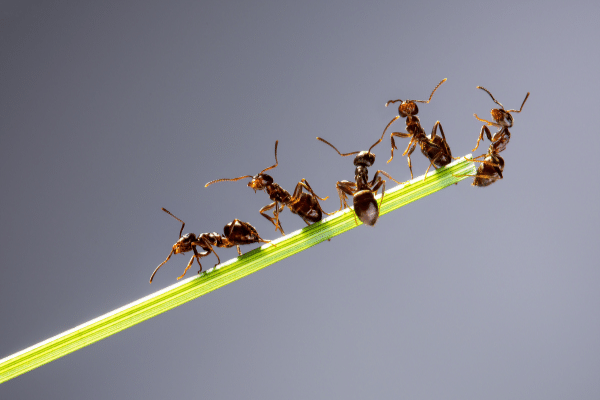
Ant nests consist of thousands of ants that leave excretions and food particles that enrich the soil around it.
Ants feed on other potentially harmful pests, including small insects like ticks and termites, and at times will even attempt to tackle large anthropoids like scorpions and stink bugs.
For everything good ants do for the soil and the eco-systems they inhabit, the goal for residential and commercial properties is generally to keep ants outdoors, and away from them and their food.
There are many options for affordable and easy pest control for ants.
To learn more, let's take a closer look at which type of ant you're dealing with and the best method for getting rid of them.
Pest Control For Ants - Different Types
Homes and businesses are vulnerable to all different types and species of ants that will try to get indoors.
Knowing the kind of ant that needs controlling can determine what kind of preventive and termination processes are needed.
The most common types of ants include:
Carpenter Ants
Much like the termites they are often confused for, carpenter ants are known for causing damage to wood structures and surfaces.
The most common carpenter ants are big and black, while Florida carpenter ants are smaller and red in color.
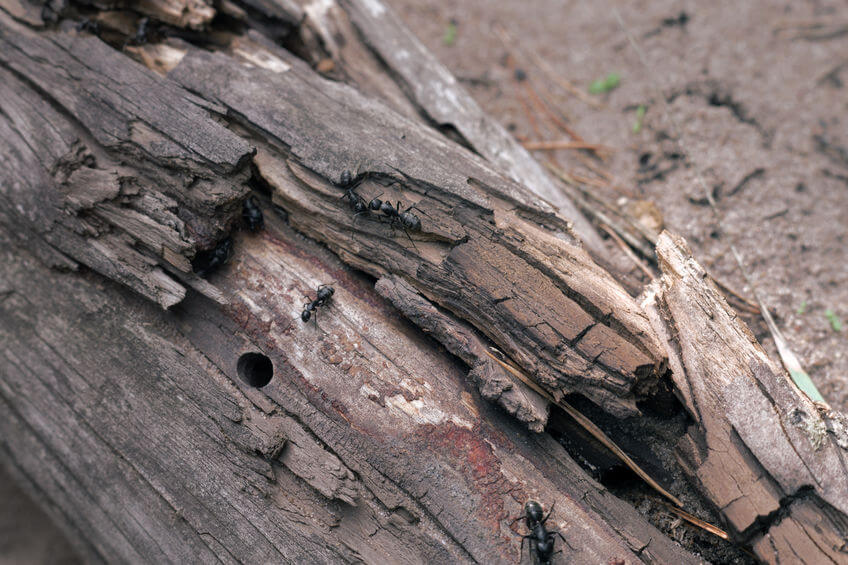
Carpenter ants tunnel through wood to build nests in tree stumps, wood galleries, or anywhere there is wood that may be been dampened by rain or water leaks.
Common areas to find nests of carpenter ants inside or outside your home or office include:
- Void behind a dishwasher
- Fence posts
- Hollow porch columns
- Tree stumps
- Woodpiles or landscape timber
- Behind kitchen or bathroom walls
Other than seeing big black ants, the most obvious sign of a carpenter ant problem is finding saw dust trails with bits of particles from their excretions and food left behind from making tunnels leading to their nests.
Simply killing the ants you see will not do it.
The best way to handle an infestation of carpenter ants is to find and destroy all of the nests in the colony.
Pest Control For Ants - Ghost Ants
Ghost ants thrive in tropical and sub-tropical climates, and can be found throughout Florida, Hawaii, and some northern states.
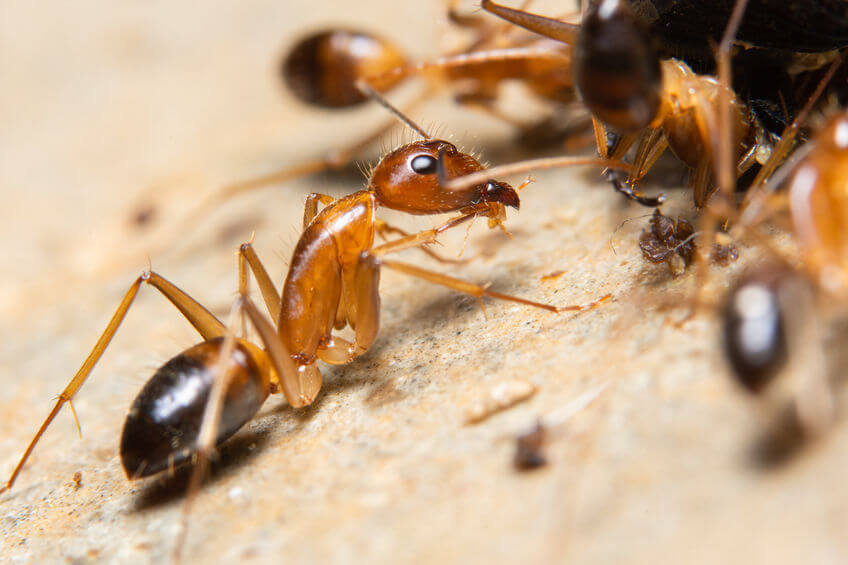
These small ants with their characteristic pale abdomen and legs blend in easily to their surroundings, making them harder to detect and control in the earliest stages of infestation.
Colonies of ghost ants are created from a series of nests built:
- Inside mulch
- Underneath loose bark and ground cover
- In piles of firewood
- Within a structure’s walls
- Beneath carpeting
If left undetected or untreated, a ghost ant colony can spread quickly.
While their bite is harmless, infestations can contaminate food and water supplies.
Odorous House Ants
The best way to find out where the odorous house ant gets its name is to crush one under your shoe.
However, that is not recommended as the odor is not pleasant.
Odorous house ants are found throughout the United States and can live just about anywhere, in just about any kind of climate and varying weather conditions.
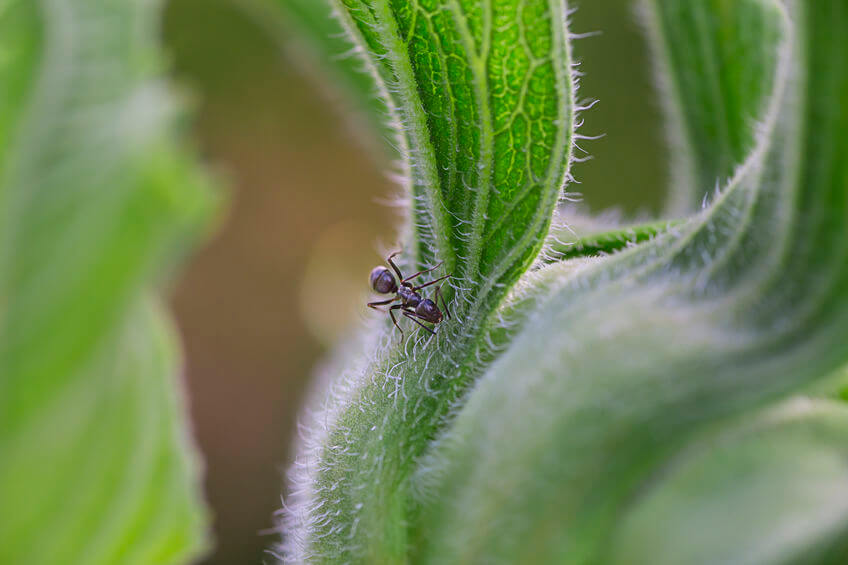
Odorous house ants will eat just about anything from insects to plant seeds and secretions, but they are characteristically fond of sweets.
Inside homes the will seek out pastries, fruit juices, meats, grease, dairy, and just about anything within reach and available.
They travel in trails, which can often be found along baseboards and counters.
They do not bite or sting, but can contaminate food and will increase in numbers rapidly where food and water are accessible.
Pharaoh Ants
Among the nastiest of ants found all over the U.S., pharaoh ants are known to spread diseases like salmonella and Streptococcus pyogenes, and can easily contaminate any food or water products they come in contact with.
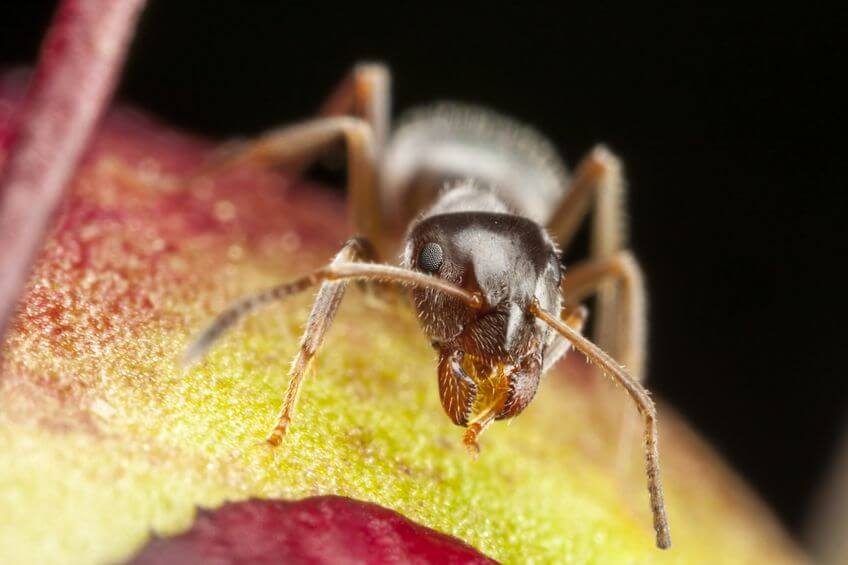
They grow at an alarming rate when left unnoticed or untreated and can nest just about anywhere indoors they can find food, making restaurants, convenience stores, hotels, and hospitals especially vulnerable to pharaoh ants.
Fire Ants
Fire ants are as menacing as they look.
An infestation of fire ants can lead to significant, costly damage to your lawn, and they hurt!
Fire ants look and act like they are mad.
They are bright red and when threatened their sting can kill a small animal or send someone with allergies into anaphylactic shock.
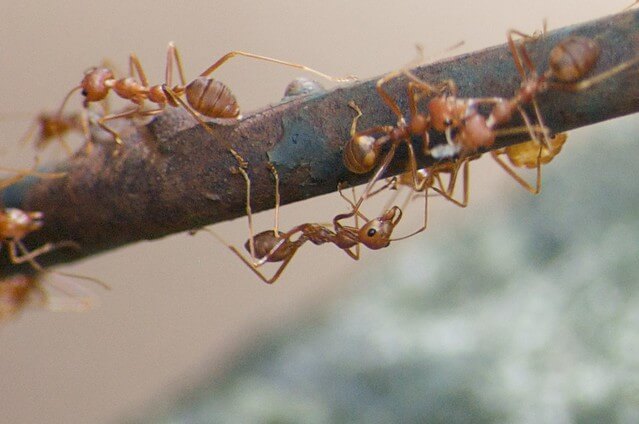
Fire ant mounds should be approached with extreme caution.
There is no hole at the top of their mounds, as they enter and exit the nest from underground tunnels.
Any disturbance of the mound will send hundreds of irate fire ants to the surface looking to bring revenge on the feet and ankles of those who disturbed their colony.
Fire ant colonies will move, often up to several yards away, to replace damaged mounds and can start new colonies with only a few workers.
Not even flooding will wipe away fire ant colonies.
The ants will float until they can build a new colony on dry land.
Pavement Ants
They are what they sound like.
Those pesky swarms of tiny ants appear seemingly out of nowhere from the cracks in the pavement of driveways or walkways.
Colonies of thousands of pavement ants can also be found under rocks and logs.
Stereotypical ant mounds are created when pavement ants tunnel their way under the soil, pushing the dirt above.
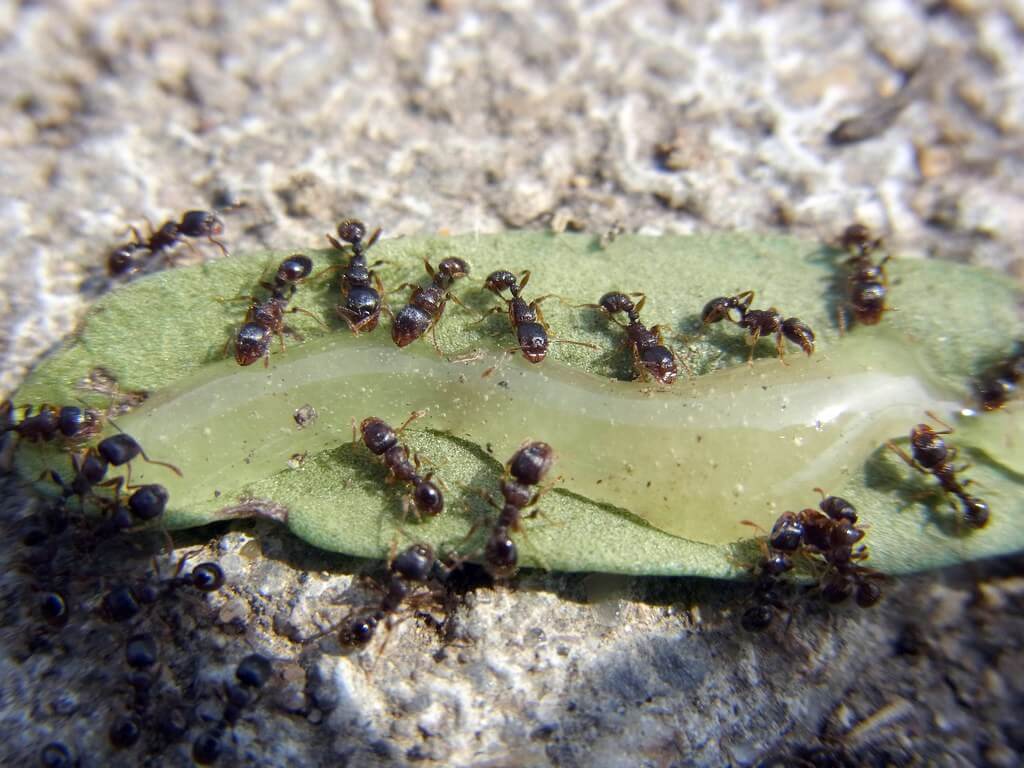
Pavement ants are tiny and excellent at finding food and water, making most homes or businesses vulnerable to infestation.
They exist on insects and just about anything humans will consume.
Pavement ants leave a trail behind them as a means of communicating with the rest of the colony.
Effective pest control for pavement ants can be the strategic placement of bait traps along the trails to stop the flow of ants.
Pest Control For Ants - Prevention Tips
Ants go indoors for one main reason....to eat.
The best way to deter ants from entering your home or business is to not give them anything to find to eat or drink.
Some ways to use prevention as an effective method of pest control for ants include:
- Clean Up, Sweep Up: The smallest of crumbs and leftover food debris can draw a colony of ants to it. Clean floors and countertops go a long way to help keeping ants outside.
- Storage Prevents Forage: Properly stored food items will not even give ants the scent, let alone the access to food stored in cabinets and pantries.
- Pets Eat Too: Pet food and water can lead to ant infestations just as much as human food, more so if left out all day long in bowls. Extra attention is needed around dog and cat food bowl areas.

- Block Them Out: Ants can get into homes and businesses through the smallest of cracks and crevices. A thorough inspection and ongoing observations can identify key areas of vulnerability to be sealed up.
- Ants Love Garbage: Garbage areas can be used by ants as a gateway to get inside. All garbage storage and disposal areas should be secured to prevent exposure of food items that will attract ants.
DIY Pest Control For Ants
Taking care of an ant infestation problem at home or work on your own can be a tricky endeavor without the proper knowledge, tools, and materials.
Many small issues can be handled before they become big problems by simply spraying or setting traps.
Methods vary for indoor and outdoor treatments, and different types of ants are treated differently.
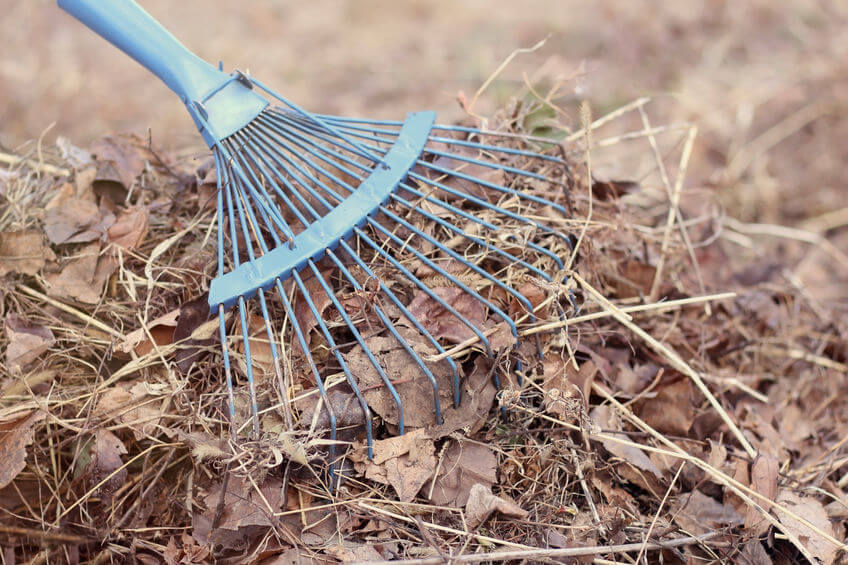
Ants are smart, creative beings, able to adapt and adjust to their surroundings.
Destroying one nest could be a temporary fix for a larger colony that can build more mounds and enter your home.
If you choose to go it alone for DIY pest control for ants, always use the proper types and amounts of chemicals, and wear safety equipment and clothing when handling sprays and traps.
Pest Control For Ants - Professional Help
A major ant infestation left untreated or improperly treated can have damaging consequences, both to the structure of your residential or commercial property and the people in them.
Just because they are tiny does not mean that ants are harmless.
If you can not keep ants out of your home or business, or you are not sure what methods to use or how to apply them, contact a pest elimination professional specializing in pest control for ants.
Regular inspections and service calls can help reduce the risk of ant colonies getting out of hand on your property.



